No Small Matter Covid-19 Pivot – Global Screening Event
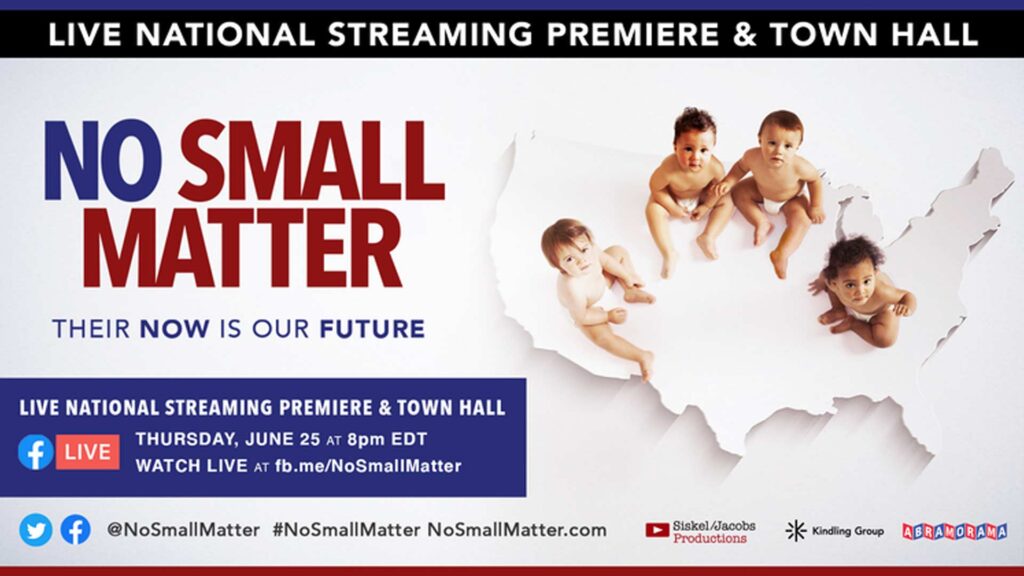
Since last fall I have been working with the team behind No Small Matter (directors Danny Alpert, Greg Jacobs, Jon Siskel, producer Rachel Pikelny and impact producer/co-producer Laura Fallsgraff) to create a national event to cap their incredible impact focused grassroots campaign that had already resulted in over 1200 community screenings. This massive campaign had […]
Desolation Center Starts National Theatrical Release
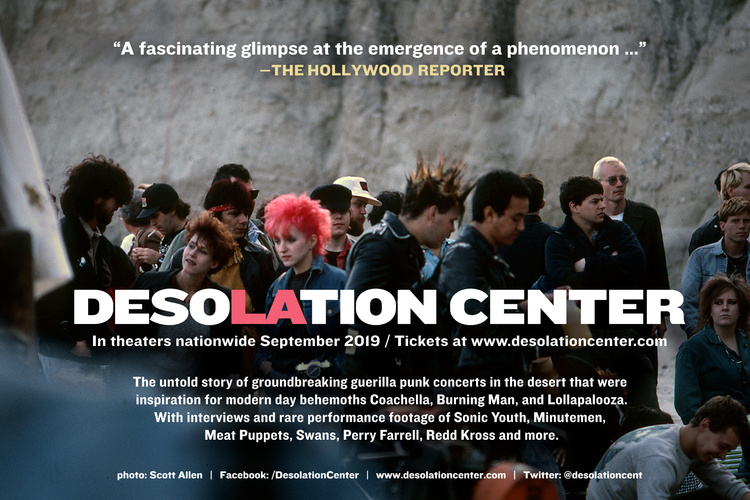
After a great festival run including Slamdance, CPH: DOX, Sheffield International Doc Fest and many more Desolation Center starts the next step of its journey today with the launch of a 30+ city theatrical release. It hits Los Angeles this week and then onward across the US and Canada. I have been advising and working […]
A BITTER MESSAGE OF HOPELESS GRIEF SCREENS AT BERLINALE
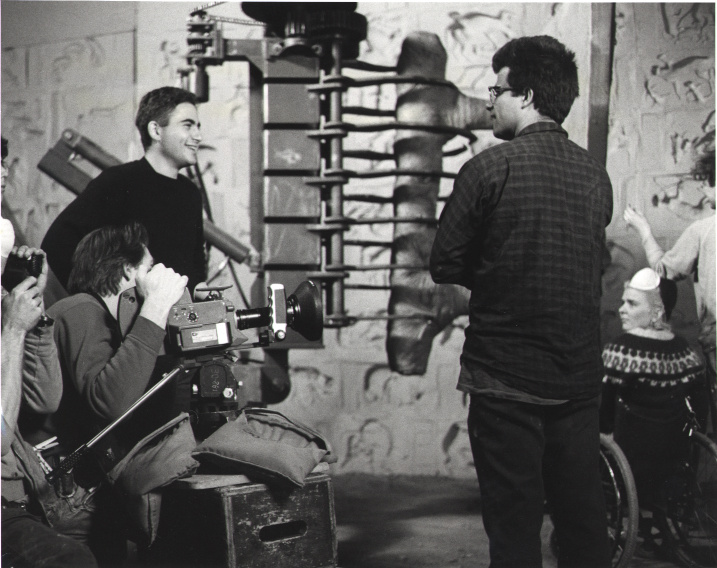
This week I will be traveling to Berlin Germany to attend the screenings of my 1988 short film, A Bitter Message of Hopeless Grief. The film was selected to screen in the 40th edition of the Panorama section of the Berlin Film Festival, a section that has always included films with the intention to inspire, […]
Romania Interviews
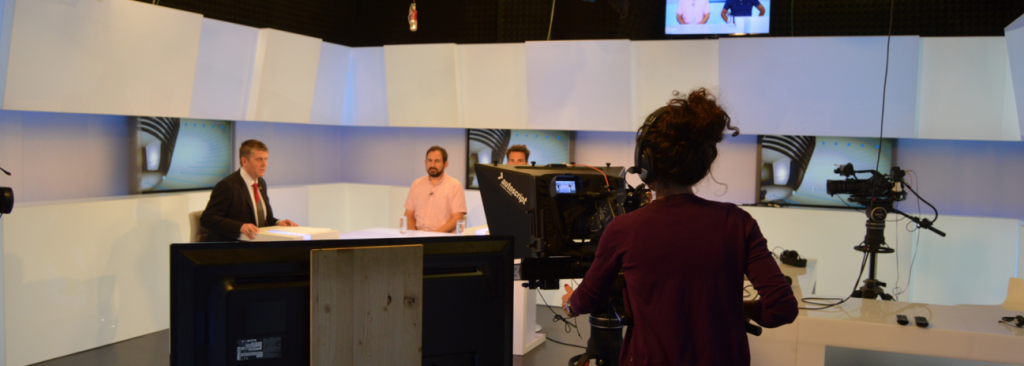
I just got the links to the TV and Radio interviews that I did while in Romania. We talked a lot about distribution and marketing within the film industry, and how that relates to all art forms – specifically in Romania. Check them out below. Digi TV Romanian State Television Radio Cultural
IFFR, Tiger Release, and the Trend of Festival as Distributor

I’m so thrilled to be participating in two IFFR events this year! For those of you attending, I hope we run into each other. On the morning of Monday, the 26th, I’ll be serving on a distribution panel called Get Your Film Out There! (moderated by Amy Dotson). That afternoon, I’ll be participating in an […]
Ask Not What Your Audience Can Do For You – But What You Can Do For Your Audience
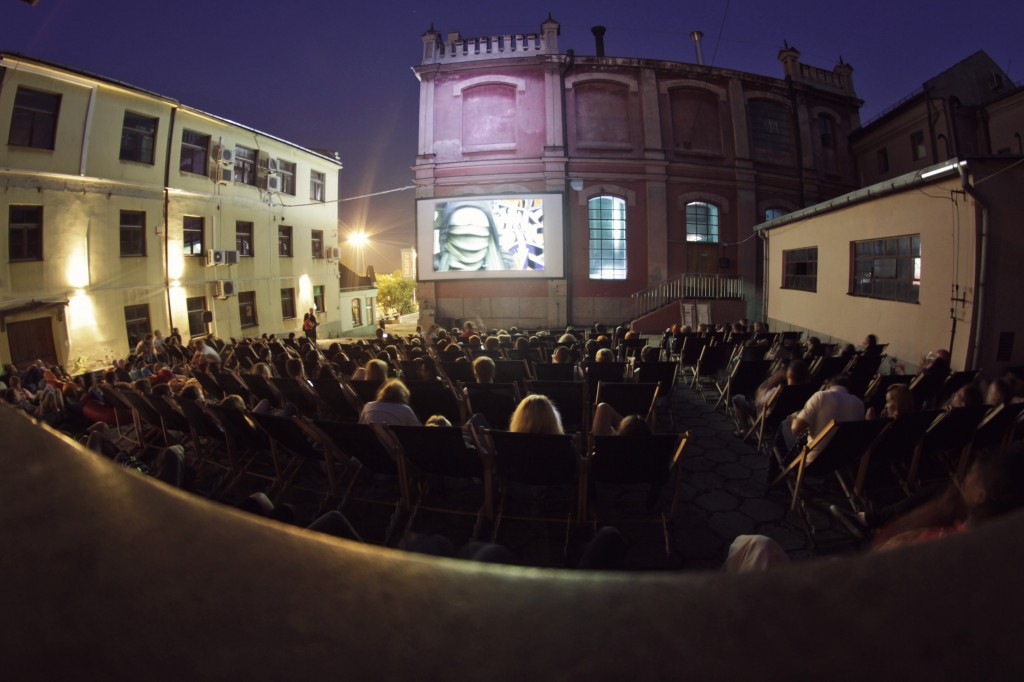
Part 2 of How to Make Money in the Age of Abundance When I wrote the first post in this series, I thought this would only be a two-parter, but I decided to expand this to a 4-part series because of a little voice in my head that said I needed to talk about audience engagement more. […]
The Importance of Events in Your Career Toolkit
This week’s TOTBO video concerns the importance of redefining the nature of theatrical. In this clip I speak about how creating a “live event” for your film can be an essential aspect of your film’s release. As I’ve said before I feel that theatrical must be redefined as live event/theatrical. Eventually I feel the term […]
Excerpt: Insiders Guide To Independent Film Distribution
Excerpt from “Insiders Guide To Independent Film Distribution” (2nd Edition, Focal Press) by Stacey Parks. Available in paperback and kindle versions at www.FilmSpecific.com/Book. Interview With Filmmaker Jon Reiss On Target Audience Q: Tell us about Target Audience and what will happen if a filmmaker doesn’t identify this early on in the process? A: To me […]
Keys to a Successful Film Launch Pt 1
Keys to a Successful Film Launch Pt 1 By Jon Reiss and Sheri Candler For the past six months, my company, Hybrid Cinema, has been working on the release of Bob Hercules’s new documentary film Joffrey: Mavericks of American Dance,about the history of the Joffrey ballet. This is a capsule post to explain the highlights of launching […]
An Innovative Launch for Joffrey: Mavericks of American Dance
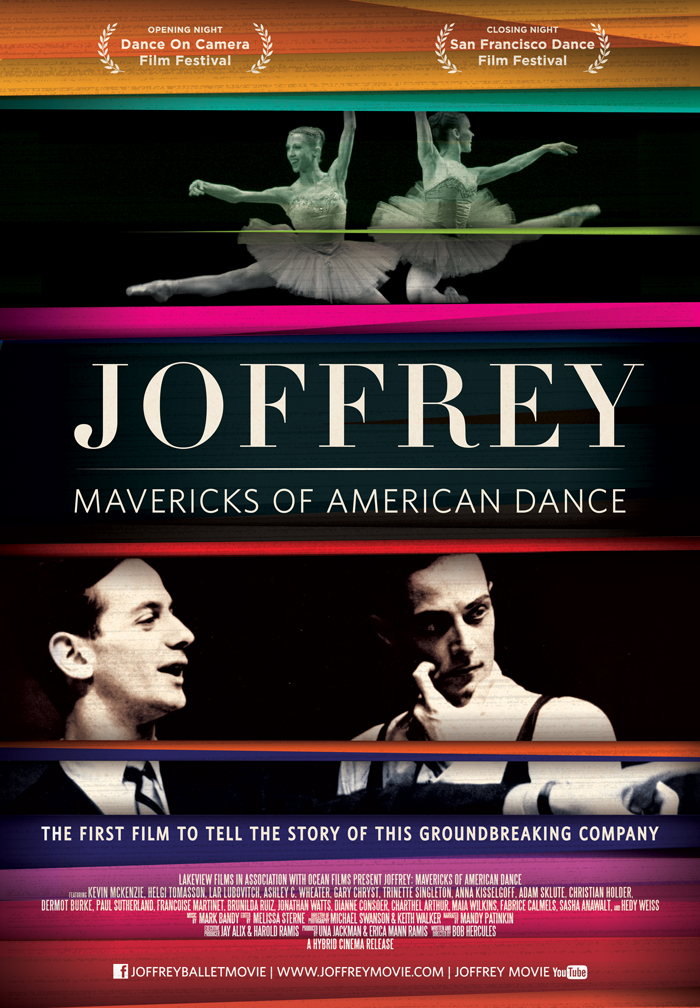
An Innovative Launch for Joffrey: Mavericks of American Dance By Jon Reiss For the past four months, my company Hybrid Cinema has been working on the release of the new film Joffrey: Mavericks of American Dance directed by Bob Hercules about the history of the Joffrey ballet. I will be writing a number of posts […]